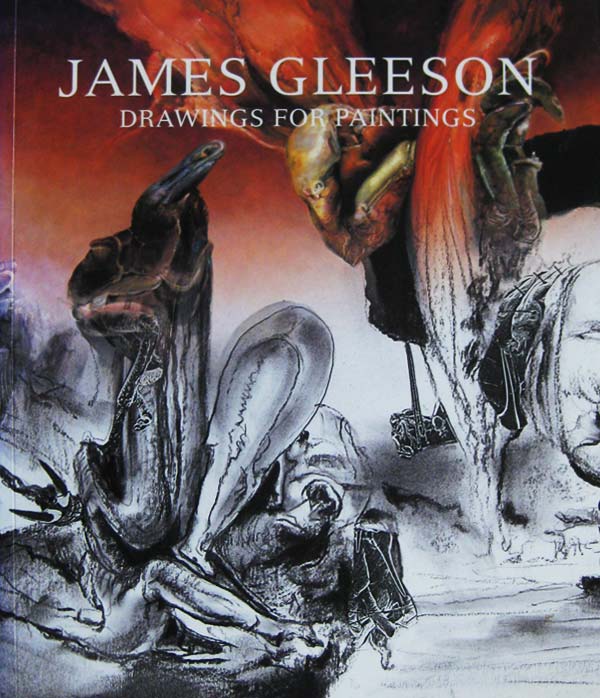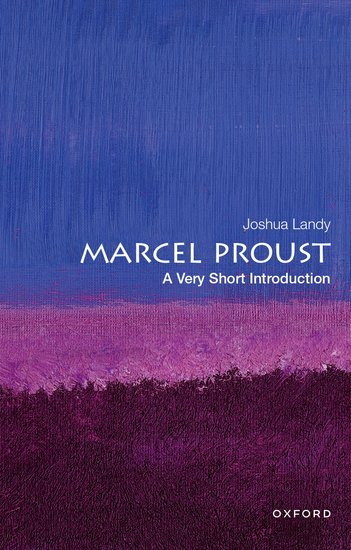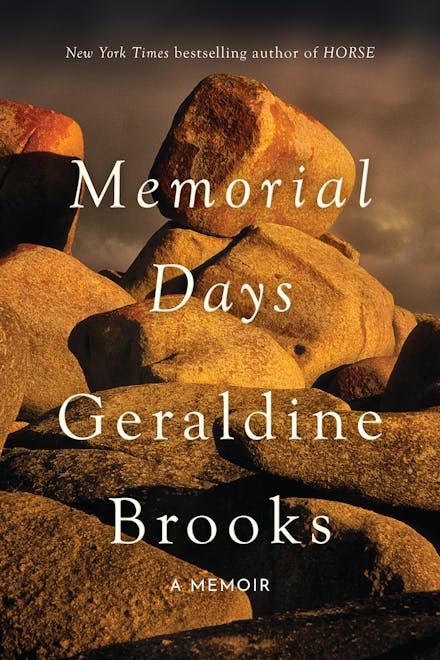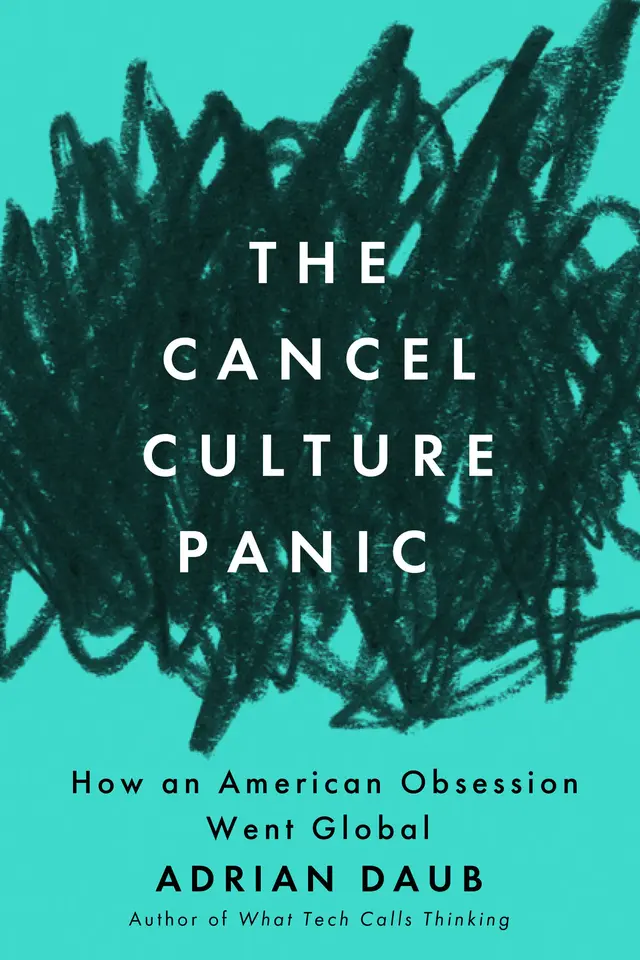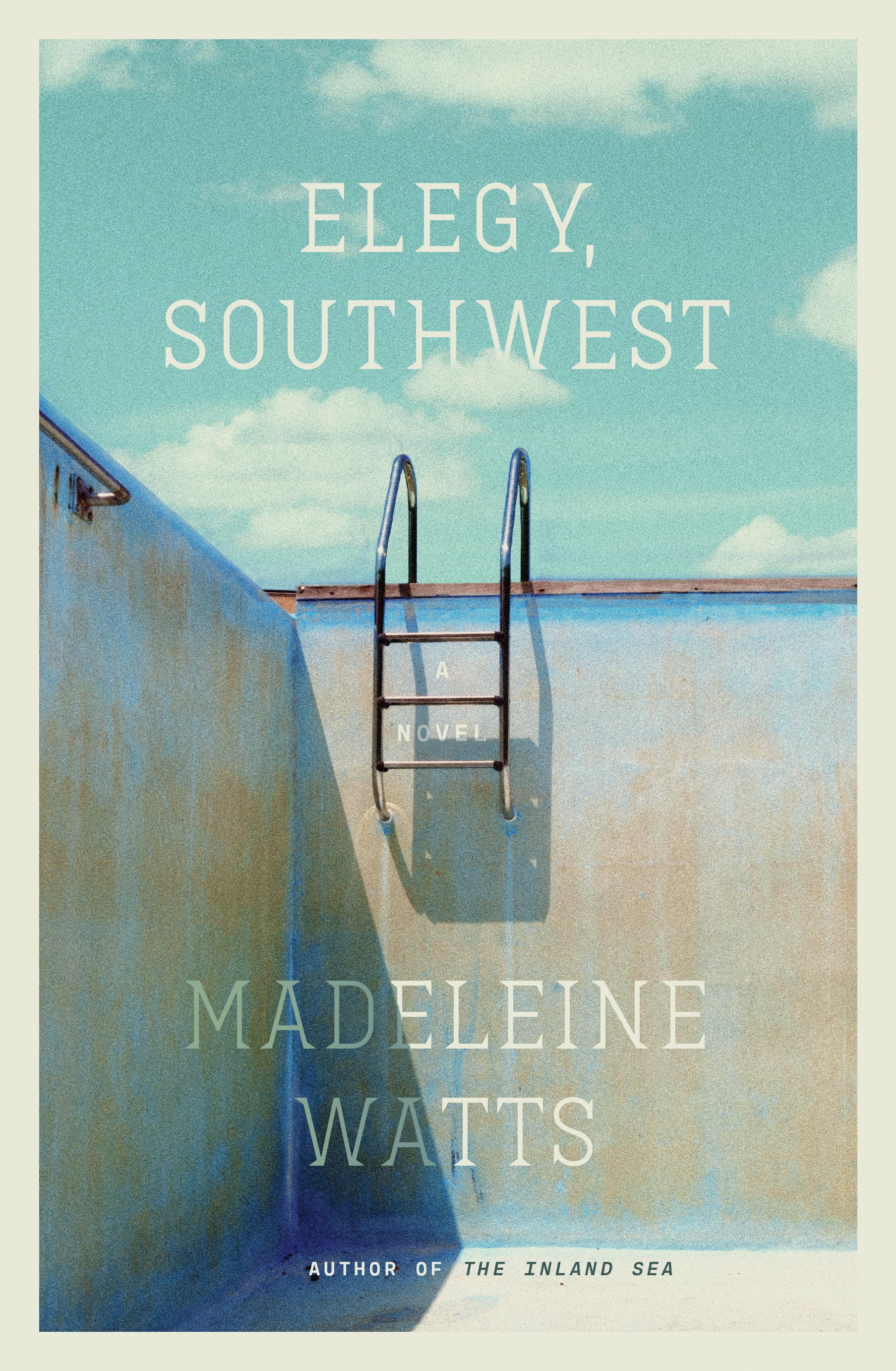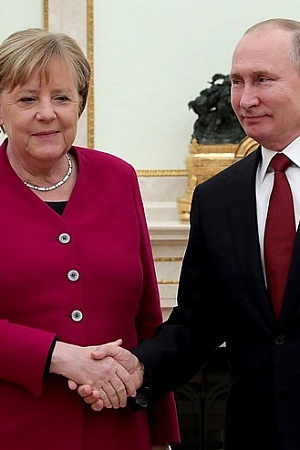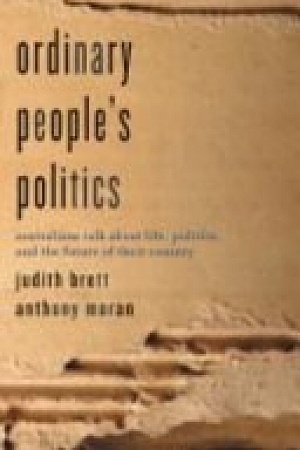James Gleeson: Drawings for paintings
Art Gallery of NSW, $60 hb, 128 pp
The Wilder Shores
Art is divided into three parts – at least for amateur painters who ask, when they begin acquaintance, ‘Do you do abstract, impressionist or surrealist art?’ Of these, surrealism has the strongest interest for a mass audience, and the deepest penetration into popular culture. When it was new, surrealism was quickly appropriated into commercial and advertising art. Today, commercial cinema is awash with some of surrealism’s youthful political idealism, but more with its fantasies of shock-horror and sex.
Surrealist literature never came to much. The artists took over. If Picasso was the greatest twentieth-century artist, his surrealist paintings from the 1920s onwards might be his own best work. Remember how the best exhibition ever produced in Australia, Surrealism: Revolution by Night (National Gallery of Australia 1993, by Michael Lloyd, Ted Gott and Christopher Chapman), showcased Picasso ahead of Miró, Dalí, Magritte and Ernst. And the star of the Australian component of the exhibition was James Gleeson.
Continue reading for only $10 per month. Subscribe and gain full access to Australian Book Review. Already a subscriber? Sign in. If you need assistance, feel free to contact us.

